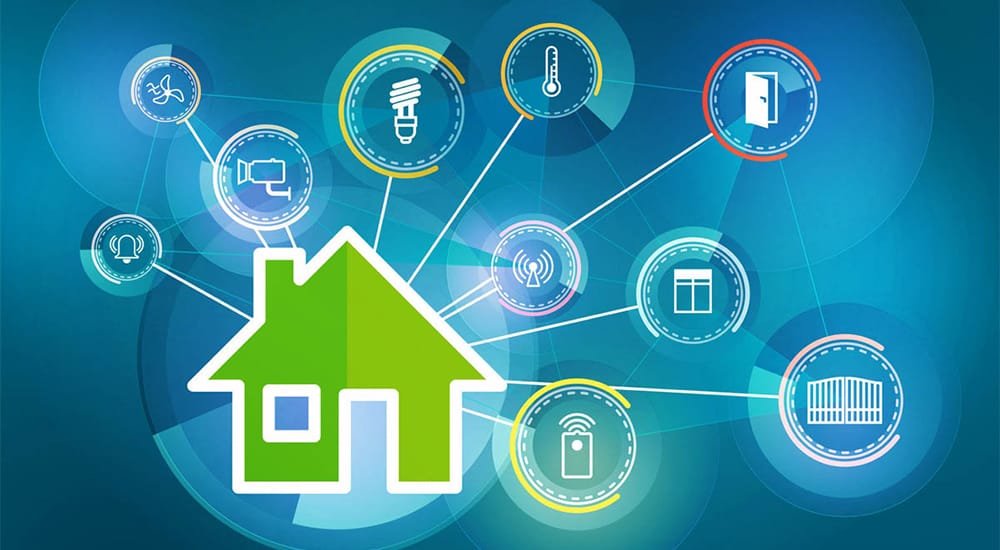Despite suffering a slight decline in demand, the artificial intelligence market has withstood the pandemic with purchases of over 500 million euros. Among the most purchased products are smart speakers, robot vacuum cleaners, air purifiers, and smart thermostats for the smart home. All these devices are increasingly in demand for the countless advantages they can bring.
The Difference Between Home Automation And Smart Home
As a first aspect, we need to distinguish the differences between home automation and Smart Homes. Home automation indicates the science that deals with IT solutions capable of automating home systems. It includes all domestic devices and technologies connected via a wired system, specifically a cable called BUS, which connects all the devices in the electrical system. The Smart Home, on the other hand, is based on the Internet of Things (IoT), which does not require an intervention on the existing system and includes all devices, defined as intelligent, connected directly to the network via wireless systems. In both cases, it is still possible to control the devices or program some operations via smartphone or voice.
The Smart Home: How It Works
Whether talking about home automation or Smart Homes, the main functions are more or less the same. A smart home allows you to control, even remotely, various aspects, including:
- Lighting: it is possible to switch the lights off and on, program them, change color or intensity, set scenarios or combinations of automatic switching on and off;
- Heating: it is possible to adjust the temperature of the house via smartphone or program the switch on and off of the heating according to your needs: for example, it is possible to “pre-heat” the house when returning from work;
- Smart Appliances: through the connected household appliances, it is possible to program the actions these devices must perform. One possibility is to set the washing machine to start washing at night when the cost of energy is lower or for the coffee machine to activate when the alarm goes off in the morning;
- Security Devices: there are products on the market such as video cameras, access control systems, and alarm systems that can be connected to the network and accessible at any time, even remotely;
- Smart Speaker: These devices can be controlled without a smartphone, only by using the voice. They can play songs, provide information, check calendar appointments or transmit commands to other smart devices. The most popular on the market are Amazon’s Alexa, Google’s Home, and Apple’s Homepod, which uses the Siri voice assistant.
The Advantages & Benefits
Smart devices can connect and interact with each other, increasing the functionality available to the user and the comfort of the homes in which they are installed. These objects have several strengths that make them attractive on the market, including:
- Comfort: as previously mentioned, these devices can increase the comfort of our homes. Most of the objects present can be activated, deactivated, and programmed even remotely: a very valid and productive function that allows you to keep them under control at any time and place;
- Safety: with some devices, it is possible to remotely control and program the closing or opening of doors, windows, and overhead doors. You can check the video surveillance system while you are away from home, be notified in case of a break-in or if there is a gas leak;
- Energy Saving: one of the main advantages obtained by using this kind of device is to be able to use energy intelligently, first of all, halving energy waste and consequently the cost of bills;
- Economic Savings: installing these devices allows you to access various benefits or tax deductions: we are even talking about 50, 60, or 110%. Bonuses that want to incentivize the use of these devices both for personal comfort and for an environmental advantage to replace old systems or improve energy efficiency. Therefore, the smart home does not represent only comfort as an end in itself but touches on many varied characteristics that, when added together, make a difference.
Read Also: How Cloud Is Migration Done& Adopted Strategies By Companies






